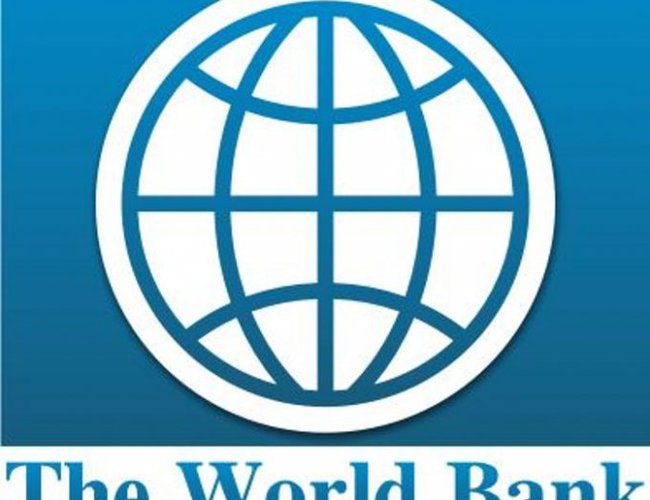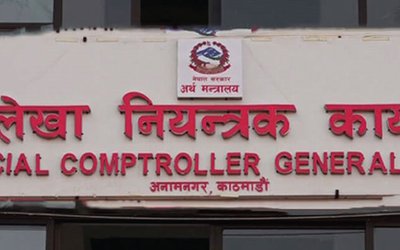
The World Bank has approved a credit of US$80 million for a Livestock Sector Innovation Project. The project will support the objectives of the Government of Nepal’s Agriculture Development Strategy (ADS, 2015) which underpins the role of livestock for sustained agriculture and economic growth, poverty reduction, and improving food and nutrition security.
200,000 livestock producers across 271 Municipalities will directly benefit from the project. At least 45 percent of the primary beneficiaries will be women. In addition, about 500 small and medium-sized agro-enterprises will benefit from production and post production value chains.
According to a press release issue by the World Bank, of Nepal’s population engaged in agriculture, 70 percent keep livestock. But productivity remains low. The demand for livestock and livestock products, particularly milk and meat, has outstripped supply. Nepal’s average annual imports correspond to a bill of about US$40 million.
The project will channel its support through three main channels: (i) creating an enabling regulatory and institutional environment; (ii) enhancing livestock productivity by improving the quality and quantity of livestock services; and (iii) strengthening key strategic livestock value chains and improving access to business development services.
“4 in every 5 Nepalis who work the farms are women,” said Takuya Kamata, the World Bank’s Country Manager for Nepal. “But women are often short-changed when it comes to ownership of assets, decision-making and economic gains. This new project will encourage women to participate in all aspects of planning, implementation and monitoring,” he said.
The project will also help address poor practices in the livestock sector that lead to high greenhouse gas emissions and other environmental impacts. It will also support an emphasis in the ADS on increased resilience to climate change as a cornerstone for improved productivity of land and labor.
“High animal mortality rates, poor feeding and manure management, inefficient use of water and nutrient loading all contribute to high greenhouse gas emissions,” said Purna Bahadur Chhetri, Senior Agriculture Specialist at the World Bank. “The impact of climate change is visible in large annual variations in crop and pasture production, impacting of the availability of livestock feed,” he said.
- Kathmandu Chronicle: Reclaiming India-Nepal Relations
- Apr 20, 2024
- India Provided Financial Support To Build Schools In Darchula
- Apr 20, 2024
- Iranians Protest After Attack
- Apr 20, 2024
- Weather Forecast: Light Rain Is Likely To Occur At Few Places In Koshi, Bagmati, Gandaki And Karnali Provinces
- Apr 20, 2024
- Japanese Ambassador Kikuta And DPM Shrestha Shared The Views to Deepen Nepal-Japan Bilateral Relations
- Apr 19, 2024
















